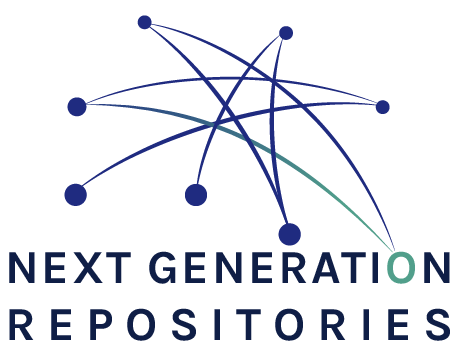Vision
To position repositories as the foundation for a distributed, globally networked infrastructure for scholarly communication, on top of which layers of value added services will be deployed, thereby transforming the system, making it more research-centric, open to and supportive of innovation, while also collectively managed by the scholarly community.
Technical Vision
Our vision rests on making the resource, rather than the repository, the focus of services and infrastructure. Rather than relying on imprecise descriptive metadata to identify entities and the relationships between them, our vision relies on the idea inherent in the Web Architecture, where entities (known as "resources") are accessible and identified unambiguously by URLs. In this architecture, it is the references which are copied between systems, rather than (as at present) the metadata records. Furthermore we encourage repository developers to automatize the metadata extraction from the actual resources as much as possible to simplify and lower the barrier to the deposit process.
Objectives
- To achieve a level of cross-repository interoperability by exposing uniform behaviours across repositories that leverage web-friendly technologies and architectures, and by integrating with existing global scholarly infrastructures specifically those aimed at identification of e.g. contributions, research data, contributors, institutions, funders, projects.
- To encourage the emergence of value added services that use these uniform behaviours to support discovery, access, annotation, real-time curation, sharing, quality assessment, content transfer, analytics, provenance tracing, etc.
- To help transform the scholarly communication system by emphasizing the benefits of collective, open and distributed management, open content, uniform behaviours, real-time dissemination, and collective innovation

